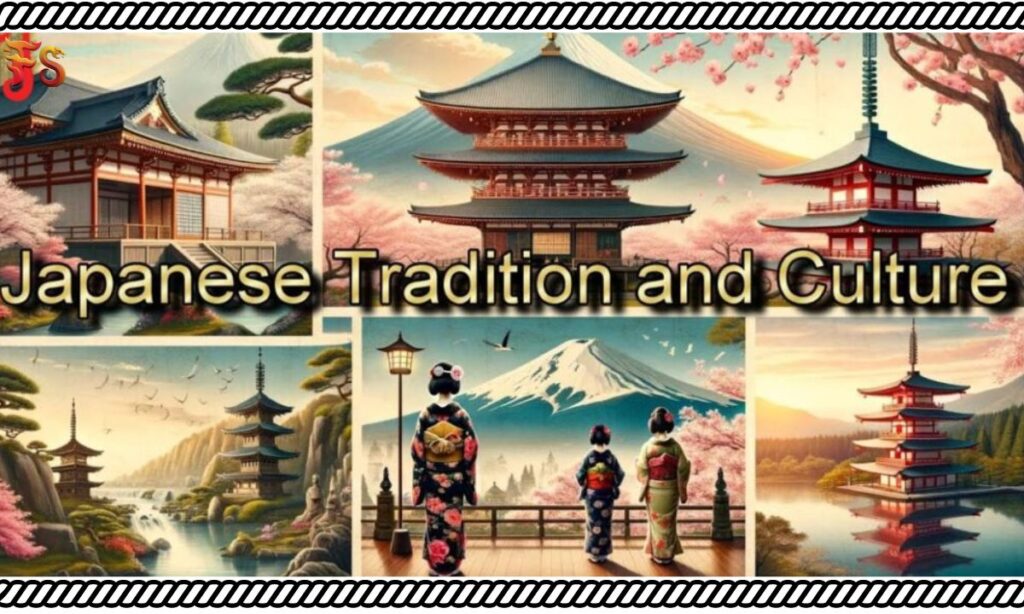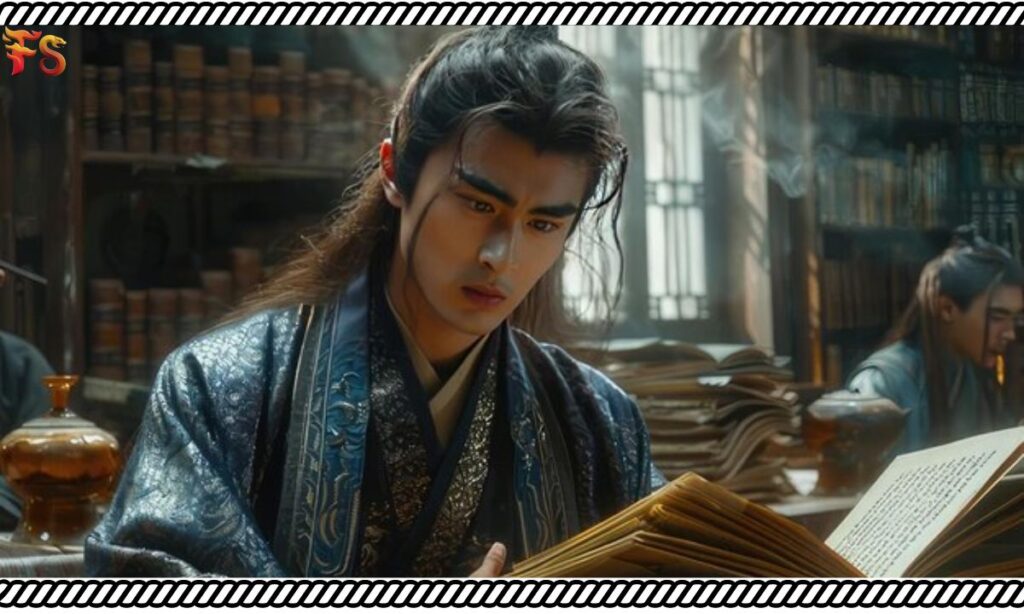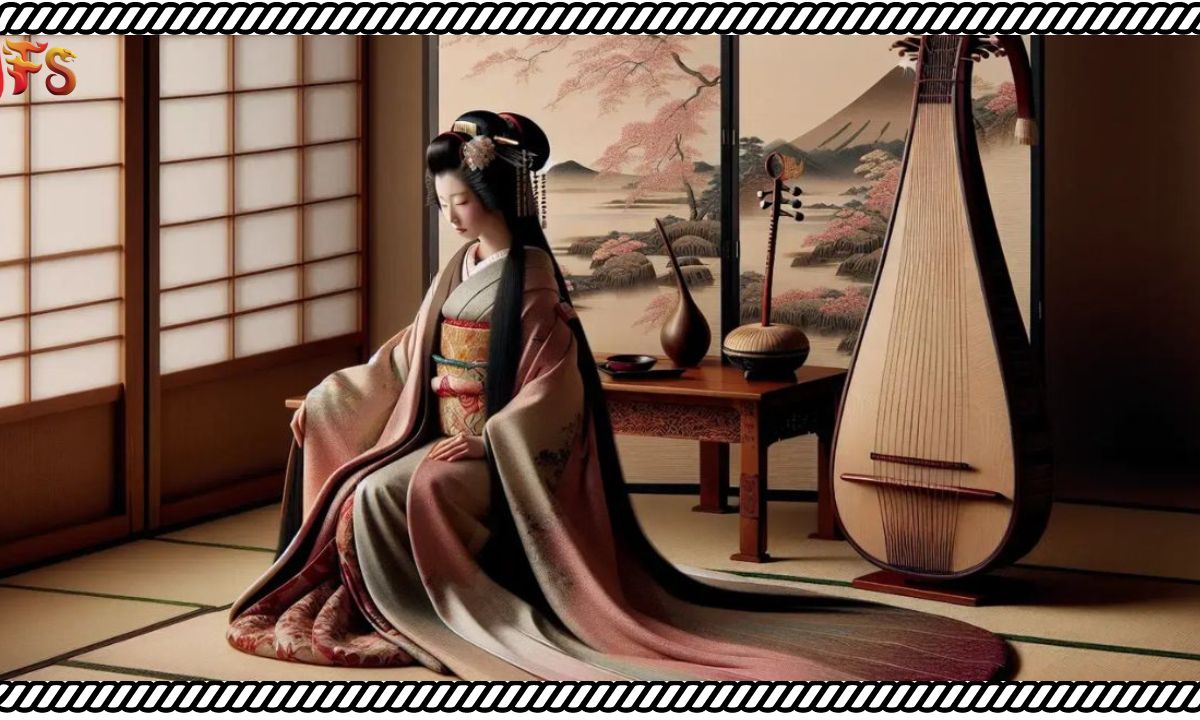Minami Ukifune is a fascinating figure in Japanese culture. Her story has captivated audiences for centuries. She represents a unique blend of history, literature, and mythology.
Minami Ukifune’s legacy continues to influence Japanese art and literature. Her tale offers insights into traditional Japanese values and societal norms. This article explores the multifaceted aspects of Minami Ukifune’s cultural significance.
Historical Context
Minami Ukifune lived during the Heian period in Japan. This era spanned from 794 to 1185 CE. It was a time of great cultural refinement and artistic development. The Heian period saw the emergence of a distinct Japanese culture. Literature and art flourished during this time.
Women played significant roles in court life and literary production. Minami Ukifune’s story reflects the complexities of Heian society. Her experiences shed light on the social structures of the time. The political climate of the era influenced her life and legacy. Understanding this historical context is crucial to appreciating Minami Ukifune’s significance.
Cultural Significance

Minami Ukifune holds a special place in Japanese cultural memory. She embodies certain ideals of beauty and grace. Her story explores themes of love, duty, and fate. These themes resonate deeply with Japanese audiences. Minami Ukifune’s tale has been retold countless times. It has inspired numerous artistic works.
Her character represents the complexity of human emotions. She symbolizes the conflict between personal desire and societal expectations. Minami Ukifune’s cultural impact extends beyond literature. She has become a symbol of traditional Japanese aesthetics. Her legacy continues to influence modern Japanese culture.
READ THIS BLOG: Ceylan Eye Cream Reviews: Comprehensive Looks
Minami Ukifune in Literature
Minami Ukifune features prominently in classical Japanese literature. She is a key character in “The Tale of Genji”. This novel is considered the world’s first psychological novel. It was written by Murasaki Shikibu in the early 11th century. Minami Ukifune’s story forms a significant part of the novel’s later chapters.
Her character development is complex and nuanced. She faces difficult choices and emotional turmoil. Minami Ukifune’s narrative explores themes of love and loss. It also delves into the nature of fate and free will. Her story has been analyzed by literary scholars for centuries. It continues to be a subject of study in Japanese literature courses.
Artistic Representations
Minami Ukifune has inspired countless artistic works. Paintings and woodblock prints often depict scenes from her story. These artworks capture the elegance of Heian court life. They also portray the emotional depth of Minami Ukifune’s character. Many artists have interpreted her tale through different artistic styles.
Traditional Japanese painting techniques are often used to depict her. Modern artists continue to find inspiration in Minami Ukifune’s story. Her image has been adapted to various art forms. These include sculpture, textile art, and digital media. Artistic representations of Minami Ukifune reflect changing cultural perspectives. They offer insights into how her story has been interpreted over time.
Mythological Aspects

Minami Ukifune’s story contains elements of Japanese mythology. Some interpretations link her to Shinto beliefs. Her tale incorporates themes of spiritual transformation. Certain versions of her story involve supernatural elements. These mythological aspects add depth to Minami Ukifune’s character.
They connect her narrative to broader Japanese folklore. The supernatural elements in her story reflect Heian-era beliefs. They also showcase the blending of reality and myth in Japanese culture. Exploring these mythological aspects provides a richer understanding of Minami Ukifune’s significance.
Minami Ukifune in Popular Media
Minami Ukifune’s story has been adapted to various modern media. Numerous films have featured her character. Television dramas often incorporate elements of her tale. Anime and manga creators have drawn inspiration from her story. Video games sometimes include characters based on Minami Ukifune.
Her influence can be seen in contemporary Japanese literature. Modern authors often reference or reinterpret her story. Minami Ukifune’s presence in popular media ensures her continued relevance. It introduces her story to new generations of audiences. These adaptations often offer fresh perspectives on her character.
ALSO READ THIS BLOG: AdventureTwo.net Blog: Your Ultimate Guide to Outdoor Adventures
Tourism and Sites of Interest
Several locations in Japan are associated with Minami Ukifune. These sites attract literary and cultural tourists. Some places claim to be the setting of key events in her story. Gardens and historic buildings offer glimpses into Heian-era aesthetics. Museums display artworks and artifacts related to Minami Ukifune.
Guided tours often include stops at these significant locations. Visitors can experience the atmosphere that inspired her tale. These sites help bring Minami Ukifune’s story to life. They offer tangible connections to her cultural legacy. Tourism related to Minami Ukifune contributes to local economies.
Educational Resources
Minami Ukifune’s story is an important part of Japanese education. Her tale is often included in literature curricula. Students study her character as part of cultural heritage lessons. Educational materials about Minami Ukifune are widely available. These resources help preserve and transmit her cultural significance.
Libraries often have special collections dedicated to her story. Online platforms offer virtual tours of Minami Ukifune-related sites. Workshops and seminars explore various aspects of her legacy. Educational initiatives ensure that her story continues to be relevant. They also promote a deeper understanding of Japanese cultural history.
Frequently Asked Question
Who was Minami Ukifune?
Minami Ukifune was a character in “The Tale of Genji”. She lived during Japan’s Heian period. Her story explores themes of love, duty, and fate.
What is the significance of Minami Ukifune in Japanese literature?
Minami Ukifune represents complex character development in early Japanese novels. Her story is a crucial part of “The Tale of Genji”, considered the world’s first psychological novel.
How has Minami Ukifune influenced Japanese art?
Minami Ukifune has inspired countless artworks. Her story is depicted in paintings, woodblock prints, and various other art forms. She continues to influence contemporary Japanese artists.
Are there any real locations associated with Minami Ukifune?
Several sites in Japan claim connections to Minami Ukifune’s story. These locations attract literary tourists and offer insights into Heian-era aesthetics.
How is Minami Ukifune’s story relevant today?
Minami Ukifune’s tale explores universal themes. It continues to be adapted in modern media and studied in schools. Her story offers valuable perspectives on Japanese culture and human nature.
Conclusion
Minami Ukifune’s legacy is a testament to the enduring power of storytelling. Her tale continues to captivate and inspire audiences. She represents a unique intersection of history, literature, and culture. Minami Ukifune’s story offers valuable insights into Japanese society. It explores timeless themes that resonate across cultures.
Her influence extends far beyond her original narrative. Minami Ukifune remains a significant figure in Japanese cultural identity. She serves as a bridge between past and present. Her story continues to evolve and find new meanings. Minami Ukifune’s legacy ensures her place in Japan’s cultural landscape for generations to come.

David: Seasoned financial expert with 5 years in banking and investments.
Skilled in personal finance, market analysis, and wealth management. Empowers clients to achieve financial goals.





